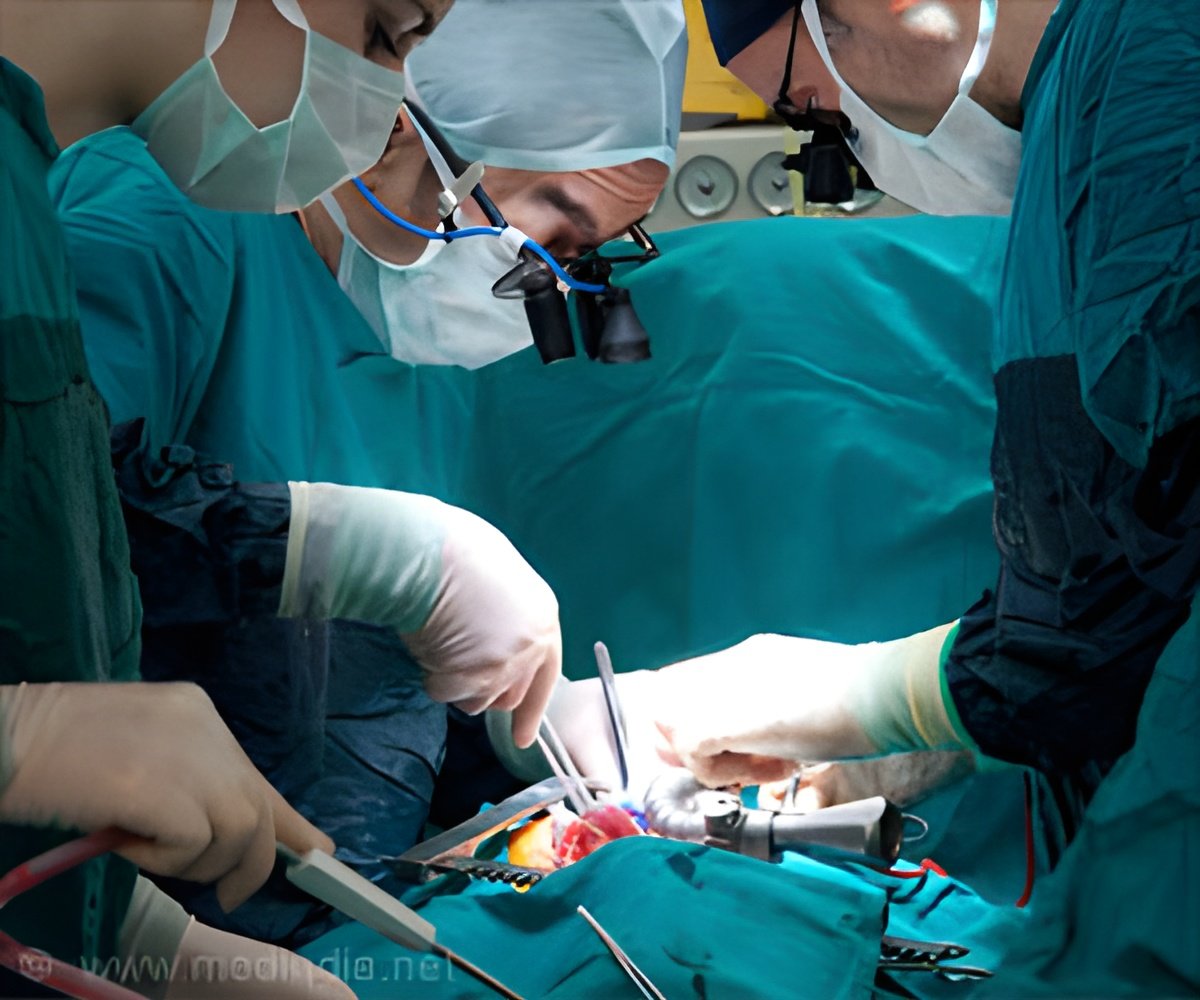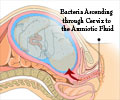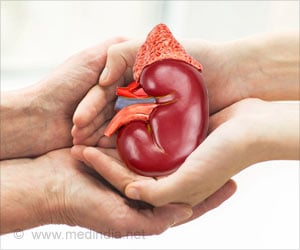Controlling of peptide orientation by electric field may reduce infection and rejection of implantable devices.

‘Implantable devices are often rejected by the body, but controlling of peptide orientation by electric field may reduce infection and rejection of these implantable devices.’





The team at the Applied Plasma Physics and Surface Engineering Laboratory has developed practical techniques to guide and attach peptides to surfaces; computer simulations and experiments demonstrated control of both peptide orientation and surface concentration, which can be achieved by applying an electric field like that delivered by a small household-sized battery.Corresponding author Professor of Applied Physics and Surface Engineering Marcela Bilek said biomaterial coatings can mask the implanted devices and mimic surrounding tissue.
"The holy grail is a surface that interacts seamlessly and naturally with host tissue through biomolecular signaling," said Professor Bilek, who is a member of the University of Sydney Nano Institute and the Charles Perkins Centre.
Robust attachment of biological molecules to the bio-device surface is required to achieve this, as enabled by unique surface modification processes developed by Professor Bilek.
"Although proteins have successfully been used in a number of applications, they don't always survive harsh serialization treatments - and introduce the risk of pathogen transfer due to their production in micro-organisms," Professor Bilek said.
Advertisement
Mr Martin said the team was able to tune the orientation of extremely small biomolecules (less than 10 nanometres in size) on the surface. "We used specialized equipment to perform the experiments, but the electric fields could be applied by anyone using a home electronics kit," he said.
Advertisement
"The application of our approach ranges from bone-implants to cardiovascular stents and artificial blood vessels," Dr Akhavan said.
"For the bone implantable devices, for example, such modern bio-compatible surfaces will directly benefit patients suffering from bone fracture, osteoporosis, and bone cancer."
Because of their small size, the peptides can be produced synthetically and they are resilient during sterilization. The main difficulty in using peptides is ensuring they are attached at appropriate densities and in orientations that effectively expose their active sites.
Using applied electric fields and buffer chemistry, the research team discovered several new levers that control peptide attachment. Charge separation on peptides creates permanent dipole moments that can be aligned with an electric field to provide optimal orientation of the molecules and the amount of peptide immobilized can also be tuned by the electrostatic interactions when the peptides have an overall charge.
"Our findings shed light on mechanisms of biomolecule immobilization that are extremely important for the design of synthetic peptides and bio-functionalization of advanced implantable materials," the paper states.
The complete research is published today in Nature Communications.
Source-Eurekalert








